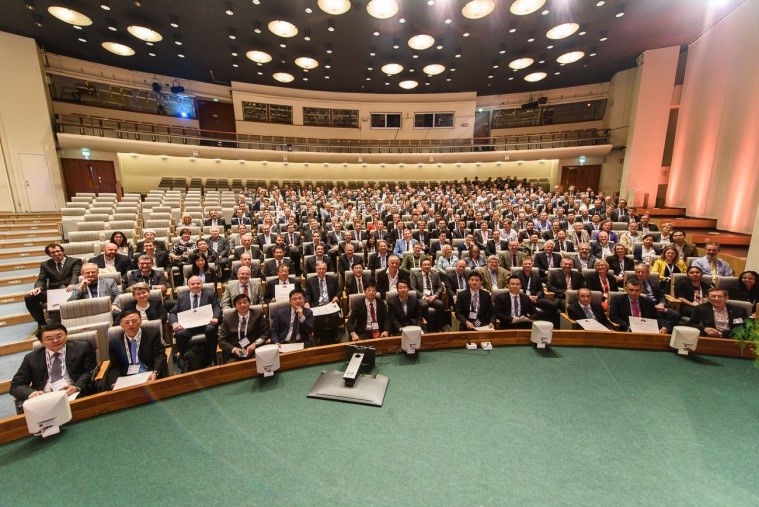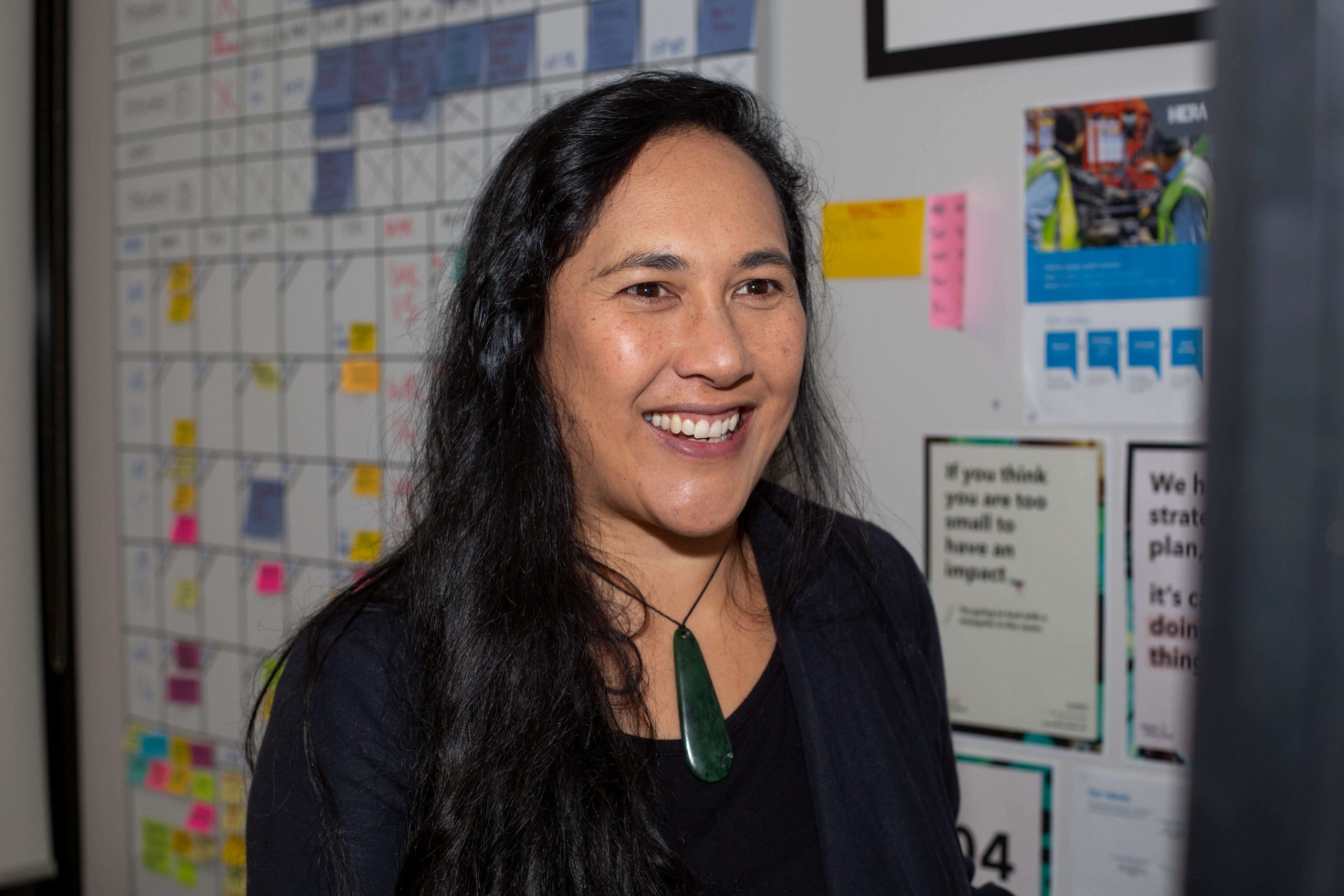HERA is proud to have joined forces with Mageba to assist AECOM Principal Engineer and Steel Bridge Designer, Liam Edwards to attend the 19th Congress of IABSE (International Association for Bridge and Structural Engineering) in Stockholm Sweden late last year.
Presenting a paper on the design challenges faced on the Horotiu Paa Bridge project, Liam was able to bring his insight into maximising structural efficiency and economy for the 200 metre long bridge spanning over the 45 metre deep Karapiro Gully.
One of four steel bridges constructed as part of the Cambridge section of the Waikato Expressway, the Horotiu Paa Bridge is a weathering steel-concrete composite bridge constructed as part of a design and build contract with NZTA in which AECOM were the lead designers engaged by HEB.
“The event was extremely well organised and I enjoyed participating and presenting at the conference,” Liam said.
“With over 300 technical papers being presented, I received great feedback, with many interested in how we overcame the seismic and topography challenges presented at the bridge location – in particular, detailing and design of the weathering steel superstructure.”
Showcasing the latest research, case studies, innovations and technical topics around bridge and structural engineering, the congress was attended by approximately 550 delegates from over 48 countries – highlighting the truly international, collaborative, knowledge sharing reach it has.
Papers presented focused on some of the largest bridge, tunnelling and civil and building projects in the world, drawing attention to both generic and key aspects of projects, to technical and singular issues encountered.
The Congress provided a unique opportunity to gain deeper understanding on some extraordinary projects including the 58km long Gotthard tunnel in Switzerland, the Chacao Bridge in Chile, and the design of complex structural forms – including wind dynamics of large footbridges with complex shapes and strengthening and repair of aging and failing infrastructure.
“The conference was a structural engineers dream with all types of structures being discussed,” Liam said.
“Of particular interest to me was a paper focusing on Shape Memory Alloys (SMA), which have the potential to be used in existing and new structures to provide low-damage solutions, due to their re-centering and load dissipation properties.”
“Its ability to be utilised in any structural system, whether strengthening of existing structures, or in new structures because of its beneficial mechanical properties allowing large elastic strains are fascinating.”
“And, I thought of noteworthy relevance to New Zealand’s steel construction was a paper that presented testing undertaken on failure mechanisms when combining mild carbon steel and high strength steels. Further testing proposed to enable a clearer performance envelope of the combined steels to be established could be very useful for us to understand,” he said.
The next International Congress of IABSE in 2020 is scheduled to be held at the new Convention Centre in Christchurch – drawing delegates from around the world and providing a rare opportunity for Australian and New Zealand engineers to attend and gain exposure to the international expertise likely to flow into the country.
HERA’s Structural Systems General Manager Stephen Hicks said, “The technical quality and calibre of the individuals at IABSE events is like no other, and I’m pleased that I was able to lead the bid for New Zealand to host this event in conjunction with Canterbury Tourism.”
“The provisional symposium theme is Resilient Infrastructure, allowing us to showcase Christchurch and its involvement with the latest in technology and practice for resilient and sustainable structures,” said Hicks.
“We hope this will create a great forum to present new ideas, practical applications and new technologies to engineering staff, managers, researchers and industry.”

